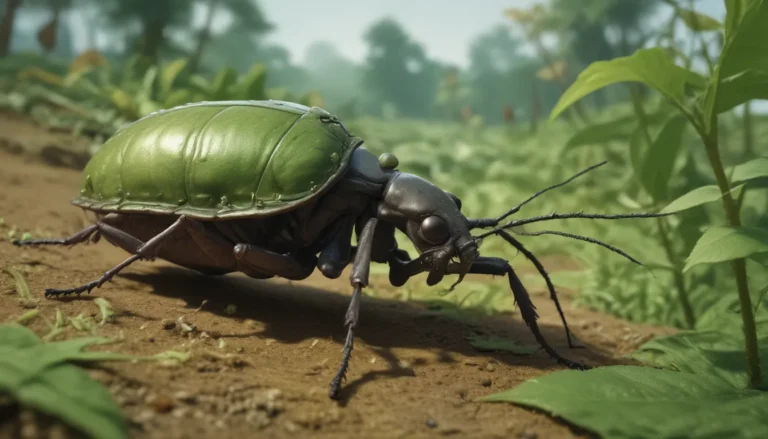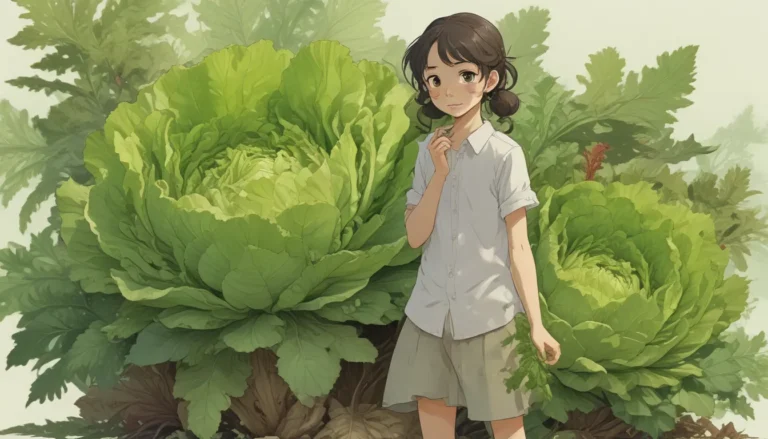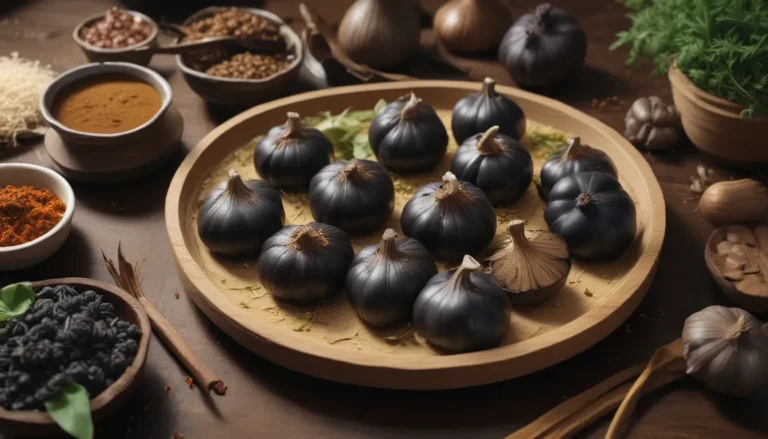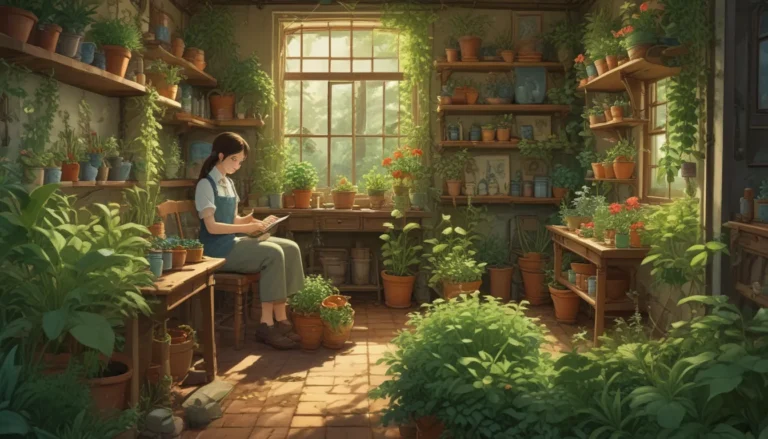Beginners Guide to Gardening with Kids: A Fun and Educational Activity
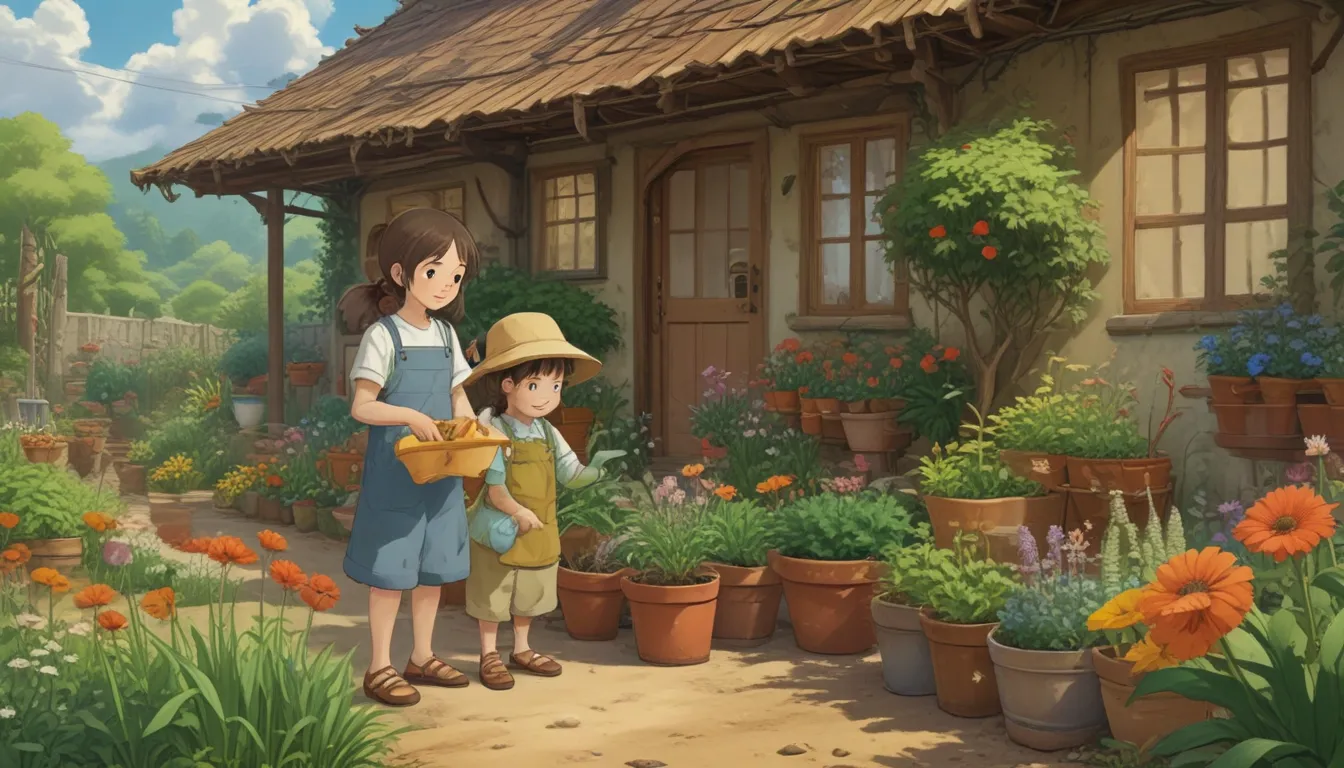
Gardening and children are a perfect match, like peanut butter and jelly. If you’re looking to introduce your kids to the world of gardening, you’re in the right place. Gardening with kids can be a rewarding and enjoyable experience for the whole family.
Whether you have a large backyard or just a sunny balcony, there are endless possibilities for starting a vegetable garden with your little ones. In this in-depth guide, we’ll explore the essential steps to get your kids started with vegetable gardening, from picking the right site to choosing what to plant and providing loving care to the plants.
Picking the Perfect Site for Your Garden
When thinking about starting a vegetable garden with your kids, you might imagine a large, intimidating space with rows of plants. However, gardening can be done in any space, big or small. Whether you have a sunny porch, a balcony, or a wide staircase, you can create a beautiful garden that provides entertainment and education for your kids.
Container gardening is ideal for children, as it allows them to explore and harvest from all sides without disturbing the surrounding garden. It also gives them a sense of ownership over specific plants, encouraging them to take responsibility for their leafy friends.
If you have space for a dedicated vegetable garden, consider planting a raised bed that is no more than three feet square. For very young children or limited space against a wall or fence, a two-foot deep bed is ideal. Raised beds help little arms reach all the plants easily and remind little feet to stay off the soil to avoid damaging delicate roots.
Choosing the Right Plants to Grow
Selecting what to plant in your garden depends on your climate and the preferences of your little gardeners. Opt for fast-growing, hardy, and drought-tolerant varieties for an enjoyable gardening experience. Beans, peas, corn, cherry tomatoes, carrots, lettuce, squash, and cucumbers are popular choices that are easy to grow and produce results quickly.
Take your kids shopping for seeds and let them choose the plants they want to grow. When children pick their seeds, they are more likely to nurture and protect their plants, leading to a greater sense of ownership and excitement when it’s time to harvest.
When to Plant Seeds
Early spring is the best time to start a vegetable garden from seeds, giving them a head start before the last frost. Starting seeds indoors allows for better control over temperature, water, and sunlight, ensuring successful growth. Even if you start planting in late June, there are fast-growing varieties that can be sown from seed in mid-summer.
In autumn and winter, you can continue gardening with your kids by planting an indoor vegetable garden. Consider using containers indoors and providing additional lighting since the winter sun may not be sufficient for plant growth.
Creative Containers for Starting Seeds Indoors
Starting seeds indoors doesn’t require fancy equipment. Cardboard egg cartons, toilet paper rolls, yogurt pots, and tin cans are great alternatives for seed starters. Make sure to poke holes in the containers for drainage and protect the delicate root systems of the seedlings.
For larger container gardens, consider using broken wicker baskets, plastic storage bins, or baby bathtubs. Get creative with recycled and upcycled materials to make gardening with kids a fun and educational experience.
Soil Mixes for Success
Creating your own seed starting mix is a cost-effective alternative to commercial mixes. A simple recipe includes equal parts topsoil, compost, peat moss, and vermiculite. These ingredients can be found at your local garden center and provide a nutritious, fertile environment for seedlings to grow.
While using soil from your yard is an option, be cautious of insects, weeds, and diseases that may harm young plants. Purchasing a sterile seed starting mix is a safer choice and ensures the health and vitality of your seedlings.
Getting Started with Planting
When starting your seeds, involve your kids in the process to make it a fun and interactive activity. Lay down newspaper to catch dirt and water spills, and provide your children with spoons or trowels for planting. Label each container and fill them with soil, allowing your kids to poke a hole and plant the seeds.
Encourage breaks and playtime in between planting sessions. Engaging kids in the planting process fosters a sense of ownership and responsibility for their garden.
Providing Loving Care to Seedlings
Once the seeds are planted, seedlings require a warm, humid environment to germinate successfully. Use recycled materials like plastic bags or containers to create a greenhouse effect and maintain the necessary conditions for growth.
Regular watering is crucial for seedlings, but be mindful not to overwater and drown the delicate plants. Check the soil regularly to ensure it remains moist and provide loving care to help the seedlings thrive.
Harvesting and Enjoying Your Garden
As your plants grow, some may outgrow their containers and need to be transplanted. Involve your kids in the process to teach them about caring for plants and the importance of transplanting to larger containers or garden beds.
Let your children take ownership of their garden and encourage them to taste the produce they’ve grown. Fresh vegetables straight from the garden can be a rewarding experience for kids and may even turn them into vegetable lovers!
In conclusion, gardening with kids is a fun and educational activity that fosters a love for nature and healthy eating. By following the steps outlined in this guide, you can create a beautiful garden with your children and enjoy the fruits of your labor together. Happy gardening!
Keywords: gardening with kids, vegetable gardening, starting seeds indoors, container gardening, gardening tips for kids, gardening with children
